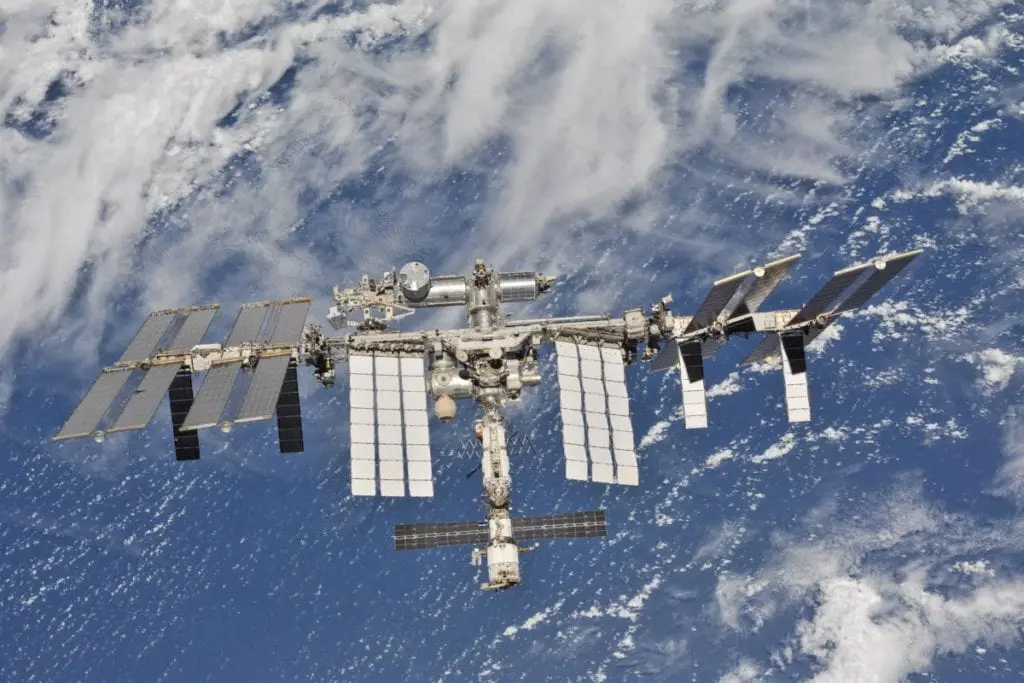
The ISS (International Space Station) travels in the low Earth orbit (LEO), which has allowed many research experiments and images to be taken from the ISS.
The ISS travels in low Earth orbit because this is the safest, closest, and cheapest Earth orbit to sustain for human habitat.
Read on to find out why the ISS travels in low Earth orbit. Why the low Earth orbit is the safest and cheapest option? Also, what has been accomplished from the ISS.
Why Does the ISS Travel in Low Earth Orbit?
The main reason the ISS travels in low Earth orbit is that… it’s where it was born/built! The United States and Russia (formerly the U.S.S.R.) have all previously built smaller space stations set up in low Earth orbit. And both of these space stations were built to be manned by astronauts and cosmonauts.
Eventually, both Skylab (United States) and Mir (Russia) ended up returning to Earth. This is how plans for the ISS came to be. The United States and Russia got together with countries worldwide to build one giant space station located in low Earth orbit available for all partner nations to use. People from these different countries would send their astronauts into space and participate in active experiments and data collection.
Pieces of the ISS were carried into space with the help of many international agencies:
- United States
- Russia
- Japan
- European Space Agency
- Canada
These international agencies worked together to help pay for, build, and carry the ISS into space. Once the different ISS sections were built on Earth, they were launched into space and assembled while in orbit.
In 2011, once NASA’s space program had ended, American astronauts had to resort to paying for seats on a Russian spaceship for a trip to the International Space Station.
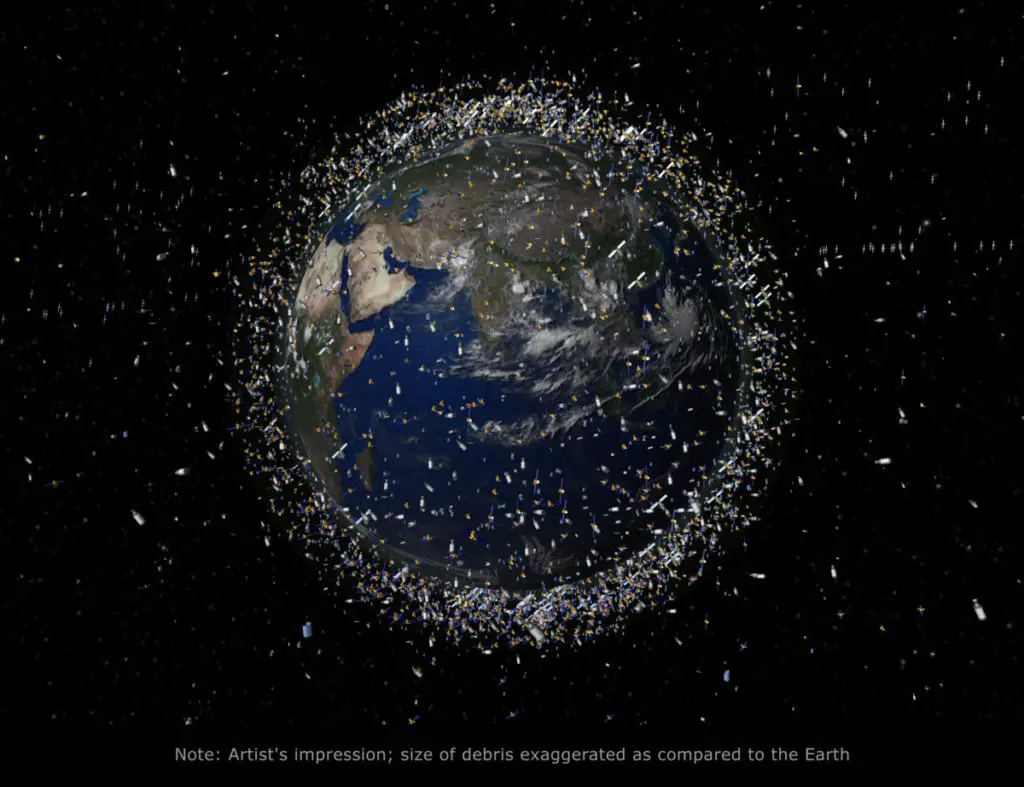
Low Earth Orbit is the Closest for the ISS
As low Earth orbit is the closest orbit to Earth, it is also the location where the most daily changes can be observed. Being in low Earth orbit allows the ISS to:
- Orbit the Earth without being synchronized with the Sun.
- Being synchronized with the Sun would make it more problematic because the ISS would visit the same area of the Earth at the same time every day.
- Take higher resolution images of the Earth.
- Orbit the Earth more times in 24 hours than it would be able to in a higher orbit.
- The ISS can orbit the Earth close to 16 times.
- Can take different orbital routes around the Earth.
Low Earth orbit is the closest orbit an object can travel around Earth without suffering from orbital decay. Orbital decay occurs when an object from space drops below 160km above the Earth’s surface and gets pulled in by Earth’s gravitational field back down to the ground. Orbital decay would affect the ISS the same way if it were not traveling in low Earth orbit.
Low Earth Orbit is the Safest for the ISS
Low Earth orbit is the safest place for the ISS, as its distance from Earth allows the people living on the ISS to be protected in similar ways to that of our own planet.
Earth’s Magnetosphere
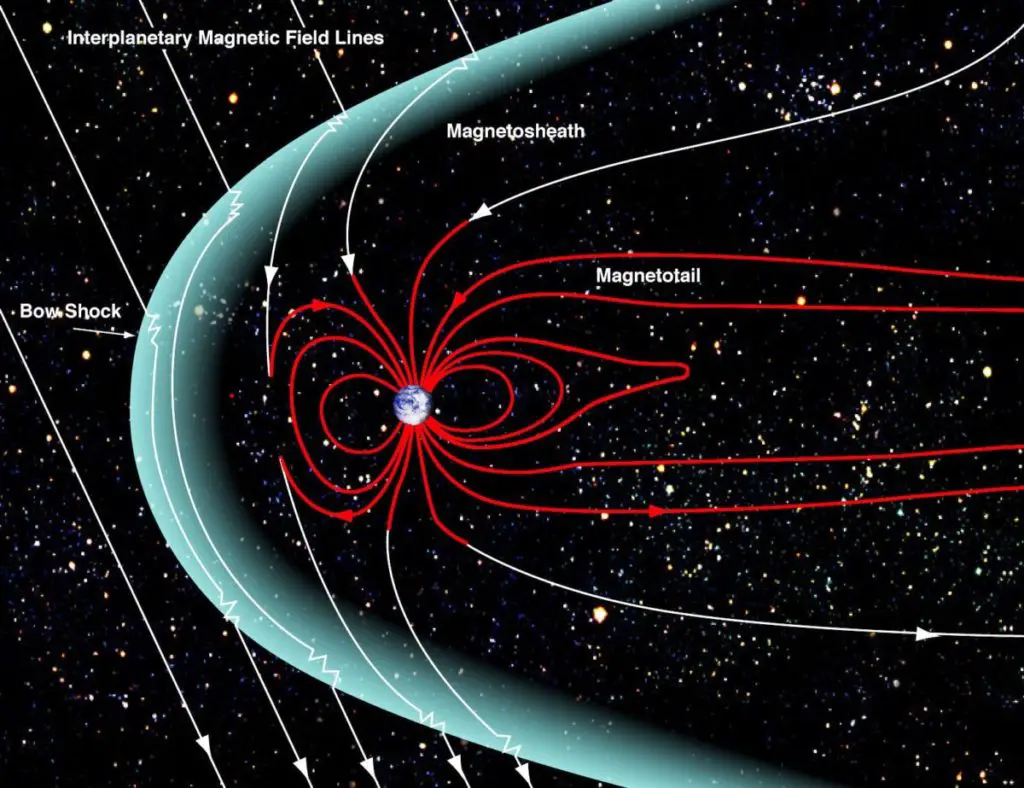
Earth’s magnetosphere is a magnetic field that surrounds the planet to keep it safe from the effects of outer space. As such, the Low Earth orbit is located within the magnetosphere, making it a safe location for the ISS and the people who live there. The magnetosphere protects the ISS and our planet from:
- Space radiation
- We still do not fully know how much radiation or where in outer space it is coming from except for what is emitted from the Sun.
- Sun’s coronal mass ejections
- Larger blasts of radioactive particles carried towards Earth by the Sun’s solar winds.
- Sun’s solar winds
- Charged particles from the Sun that travel around the magnetosphere, past planet Earth, continuing further into the solar system.
Due to people living on the International Space Station for prolonged periods of time, being overly exposed to radiation of any kind is harmful. And to directly face the amounts that are coming from the Sun would be deadly.
Van Allen Radiation Belts are Where Solar Winds Go
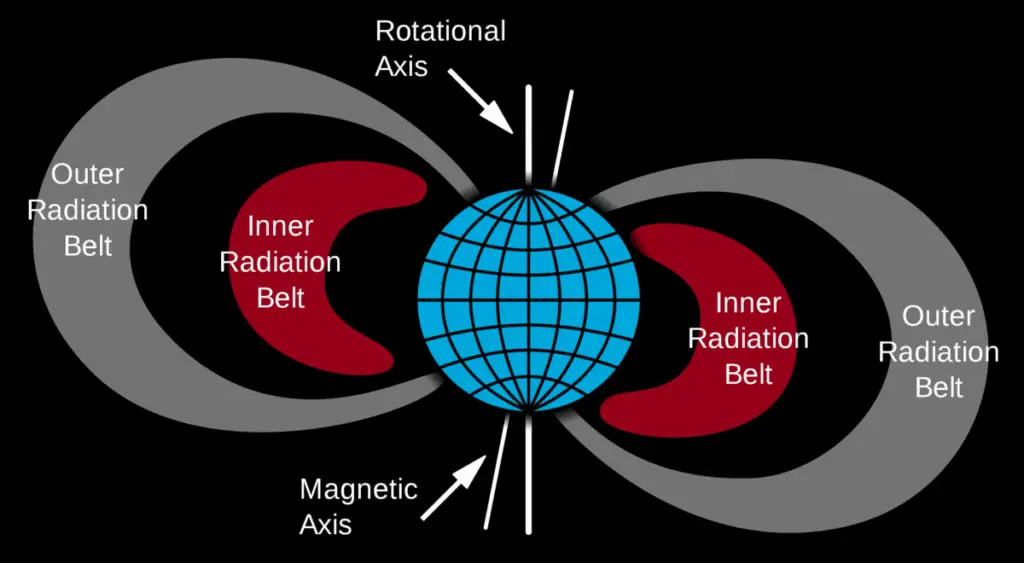
The Van Allen Radiation Belts are two sets of what have been called donuts encircling the Earth. In between the lower part of the upper Van Allen Belt and above the upper part of the inner Van Allen Belt sits the low Earth orbit. These belts are often where trapped solar winds go after passing by the magnetosphere.
Due to the amount of radiation circling in these belts, the ISS is the safest where it currently sits. Even spaceships that travel to the moon have shields to protect the astronauts and electrical circuits from the radiation as these ships pass through the belts.
Low Earth Orbit is Less Expensive for the ISS
Since low Earth orbit is the closest, it is also the orbit traveled to the most. Since previous space stations had been in low Earth orbit, the international agencies involved in building the ISS, for the most part, knew what to expect.
The international community decided for the ISS to be in low Earth orbit due to the number of times a trip would be made to the space station by either an astronaut/cosmonaut or to bring supplies for those already at the ISS.

When NASA’s space shuttle program was still active, it cost them $450 million to launch a spacecraft from American soil to the ISS. Once the program shut down, it cost NASA $81 million per seat to send astronauts into space on a Russian Soyuz rocket.
The Russian Soyuz rockets, in the process of sending astronauts to the ISS, can also bring along supplies. After arriving, the Soyuz rockets are used to bring people back to Earth along with anything that needs to come home. While sending rockets to the ISS is expensive, it would be more costly if the ISS were in a higher orbit.
The ISS itself is also awfully expensive to maintain. NASA spends $3-4 billion per year to keep it in shape. Maintenance aside, anything needed at the ISS, even the essentials, are very expensive. Remember, there are no grocery stores or laundromats in space!
Everyday essentials that astronauts and cosmonauts may need include:
- Air to breath
- Water to drink
- Toilet paper
- Food
These items must be brought up to supply the ISS by using a rocket, and having the ISS in low Earth orbit makes everything a little more affordable.
The ISS Resupply Missions
The amount of weight a cargo resupply mission has to carry is no joke, which is another good reason for the ISS to be located in low Earth orbit. The weight of the supplies, along with the rockets themselves, has to fight Earth’s gravity almost the entire way. This takes a lot of fuel and force to reach the escape velocity of Earth.
These resupply missions are the efforts of many different countries who all do their part in maintaining the success of the ISS.
The European Space Agency Resupplies ISS
The ESA delivers resupply missions to the ISS in the form of space freighters.
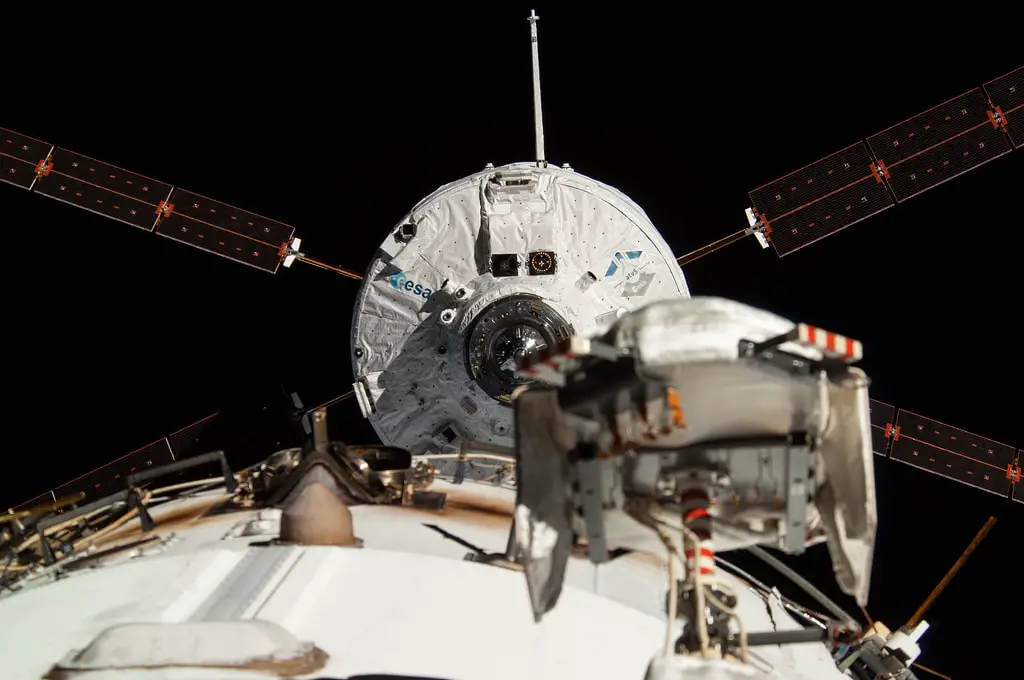
Image by NASA
In 2015, the ATV-5 (Automated Transfer Vehicles) was one of the heaviest spacecrafts to deliver supplies and experiments to the ISS. It was also loaded with technology to record data of what happened on its trip back to Earth.
Northrup Grumman Launched More Rockets
Northrup Grumman has successfully launched more than ten rockets for resupply missions to the ISS. Every resupply mission through Northrup Grumman has carried materials for investigations in areas of:
- Biology
- Biotechnology
- Earth and Space science
- Physical Sciences
- Technology Development and dDmonstrations
Micro-16 is one of the experiments that will be tracked and researched from the ISS, in which astronauts from NASA will observe the C. Elegans worms during their time in space. These worms will wiggle through a box-like container full of bendable pillars to measure how their muscles are affected over time. Through this experiment, researchers hope to get closer to discovering ways to keep astronauts’ muscles from atrophying while living in space.
The Russian Soyuz: a Cargo Freighter
Sunday, February 14, 2021, Russia launched a cargo freighter to the ISS. It carried 2.7 tons of:
- Food
- Fuel
- Water
- Supplies
Once the cargo freighter reaches the ISS, it will be unloaded like all the other cargo freighters that have brought supplies to the ISS, with the difference being that this one will stay docked until July.
Once it is time to leave, it will take a section of the ISS that is no longer needed and bring it back to Earth to burn up in the atmosphere on its way down. This will pave the way for another section to be added to the ISS when needed.
The ISS in Low Earth Orbit Helps with Experiments
The ISS being in low earth orbit has been beneficial to astronauts and cosmonauts for conducting research experiments that can help for prolonged habitation in space. Low Earth orbit also allows an easier time for delivering research supplies and sending research data back home.
NASA’s Human Research Program
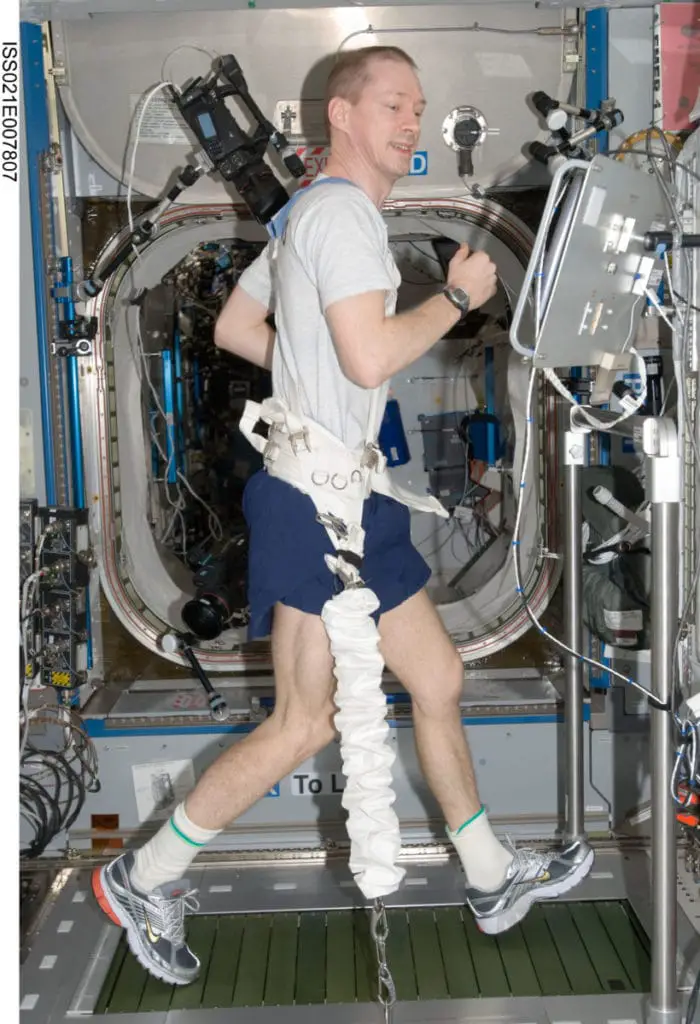
Image by NASA
The Human Research Program has been conducting experiments on the ISS to help prepare for further missions to the moon and possible missions to Mars. By living on the ISS, the effects of living in space for long periods of time and how the body adapts are constantly being monitored. This includes interventions of healthy eating and daily exercise to keep the muscle and bones healthy.
Human space travel is also being studied, which requires us to understand how astronauts can not only survive but thrive in space. This includes observations of the amount of time an astronaut can stay in space while living a relatively normal life.
Water Purification and Reusing Water
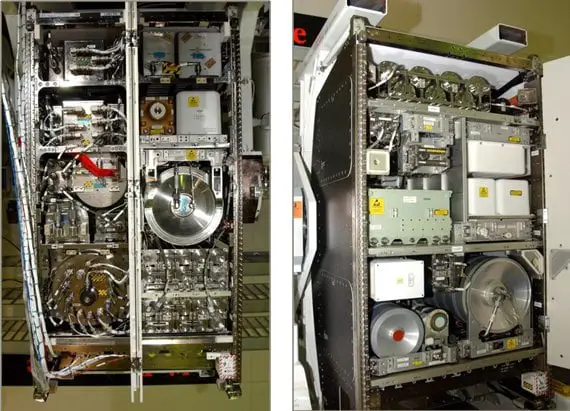
Image by NASA
Water purification and learning to reuse water from the space station will help save more and more money in the long run as we do not have to send it from Earth. The ability to purify water in space can also help humanity overcome another hurdle in traveling further into space.
In case of emergencies, it will also guarantee a water supply on hand if there is a delay in shipment from Earth.
Natural Disasters Studied
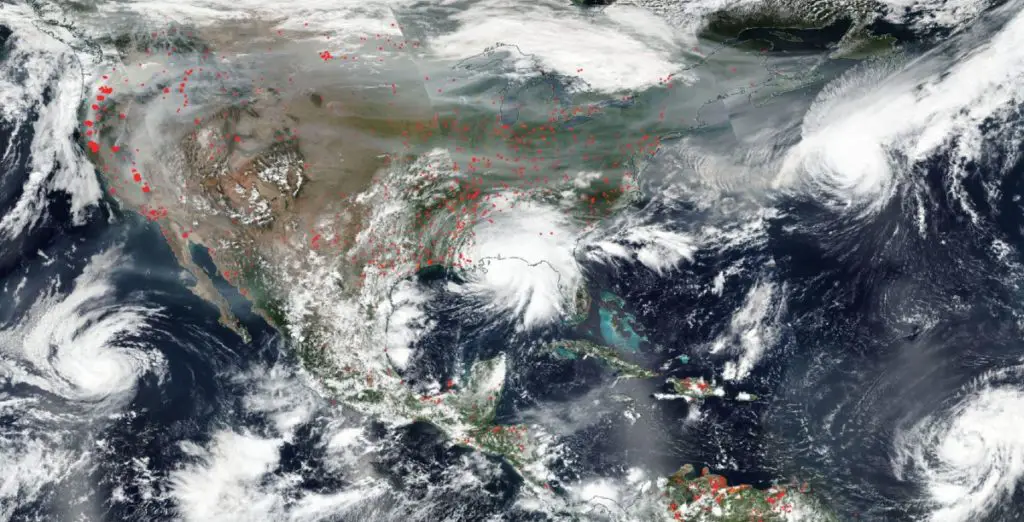
Image by NASA
The ISS in low Earth orbit has helped researchers study many natural disasters. Images taken from low Earth orbit are of higher resolution, which allows us to gather more data from a single image. Also, the ability to make multiple orbits every 24 hours allows scientists to see and record what happens before, during, and after the occurrence of a natural disaster.
Two major natural disasters we currently have our focus on are floods and fires. Seeing from low Earth orbit which direction a flood or fire is coming from and heading towards can be extremely beneficial in saving innocent lives across the globe. It also grants us the ability to find specific patterns to help us better predict further and future occurrences.
Air Purification to Test and Grow Plants
By developing an indoor air purification system, astronauts can experiment with and grow plants and vegetation in space.
Any plants that can be grown on the ISS is a major step towards helping astronauts thrive in space as it contributes to learning the mechanisms of growing food in space.
Suppose plants are launched from Earth to the ISS; the shorter their travel period, the better their chance to survive the trip. Individual plants that would not be used for food can also be used for detoxifying the air inside the station.
Making Low Earth Orbit More Available to All
Many companies are in the process of and will continue to expand into low Earth orbit. The more commercial companies want to move into low Earth orbit, the more research has to be conducted to find opportunities of interest (financially), but the money will no longer have to come from government organizations. This process will allow NASA to pour their funding on areas such as deep space exploration.
A crew of seven began their mission to the ISS in October 2020 and will be stationed there until April 2021. This crew will be continuing research to provide a foundation for spaceflight beyond low Earth orbit. Areas of interest for this mission include studying the effects of microgravity on the heart and how it can cause structural and molecular abnormalities, leading to heart diseases.
As gravity, atmosphere, and soil conditions can affect plant growth while in space, the crew will plant radishes to study how differences in these conditions affect the way plants grow. Even space explorers like their food to taste good!
With the number of experiments being conducted and our capacity to maintain the ISS while it’s still in operation, the future of space travel is looking optimistic. Everything we are doing now helps build towards an orbiting space station around the moon and possibly even Mars!
Private Astronauts and the ISS
Like previously mentioned, NASA is beginning to allow private companies to have access to the ISS and low Earth orbit. This will allow NASA to spend more of its budget towards manned moon missions, and working its way towards Mars.
With more and more companies wanting access to the ISS and low Earth orbit, the US is once again able to launch its own astronauts from American soil.
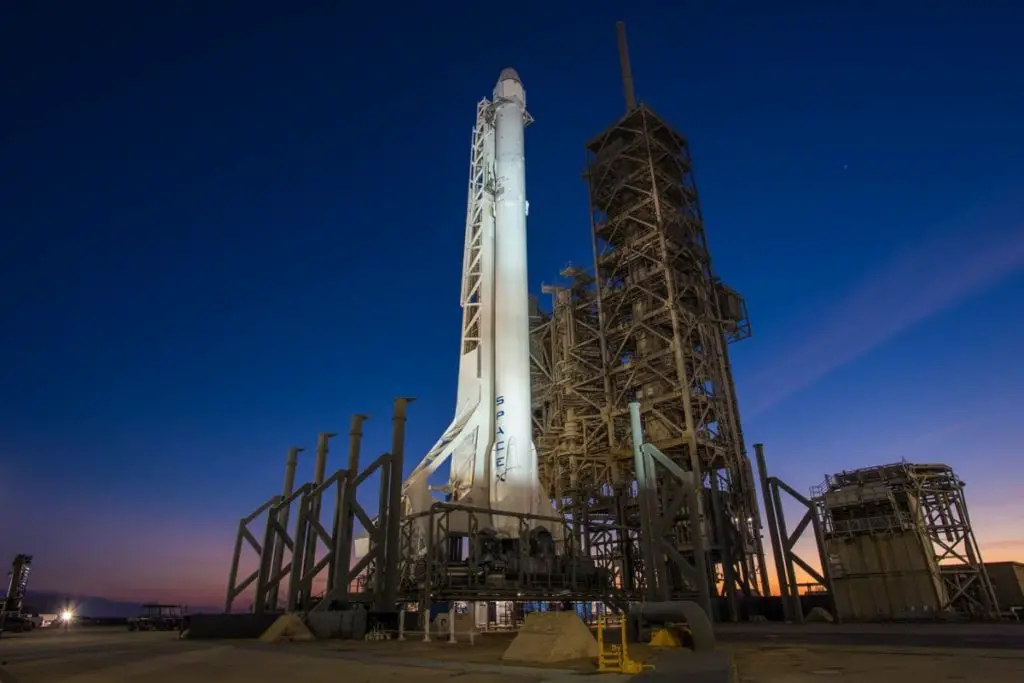
Opening up the low Earth orbit and the ISS to private companies also paved the way for the space tourism industry. NASA stated tourists would be able to pay $35,000 a night to stay at the ISS, plus whatever the amount either SpaceX or Boeing will charge to take you there.
As of now, space is only accessible to those that can afford to go (obviously). The prices are higher initially, so millionaires and billionaires will most likely be the first to take advantage of this opportunity. But hopefully, sometime in the next ten to fifteen years, space will become accessible for everyone.
The Commercial Crew Program
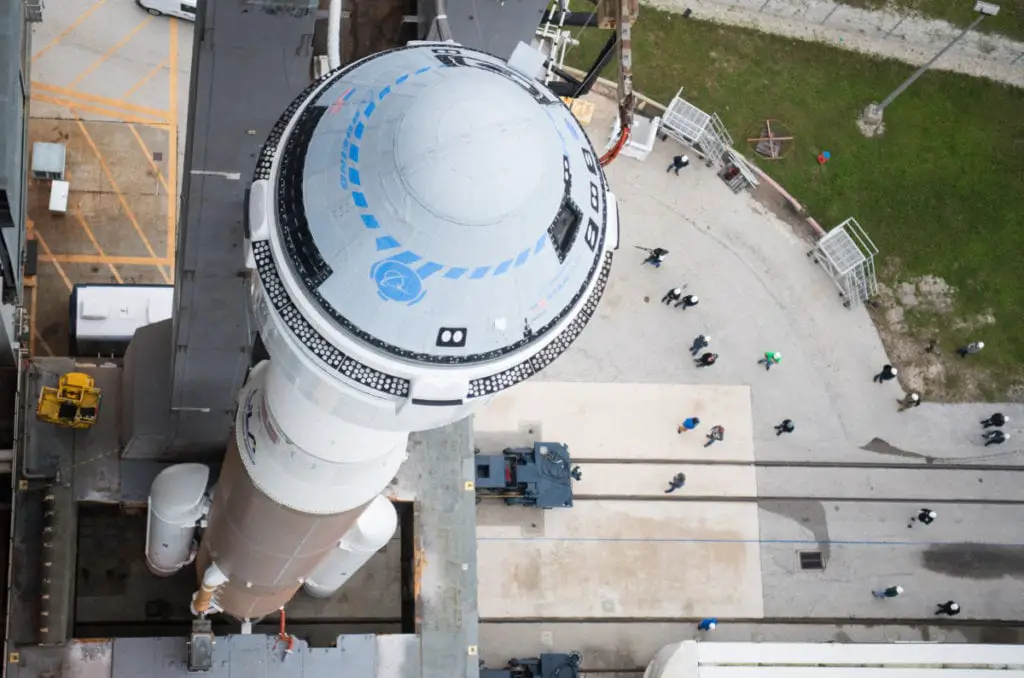
SpaceX and Boeing are both a part of NASA’s Commercial Crew Program. This program will allow SpaceX and Boeing to take:
- Their Own Astronauts
- Space Tourists
- NASA’s Astronauts
Despite having similar goals to enter low Earth orbit and making their way to the ISS, SpaceX and Boeing differ in their technology, particularly their rockets. As of November 15, 2020, SpaceX has sent their first crew to the ISS, with Boeing following suit sometime in 2021.
All in all, the ISS is located in low Earth orbit for many reasons. But most importantly, keeping the ISS in low Earth orbit is more economically viable for the countries involved and safer for the astronauts and cosmonauts that call the ISS home.

